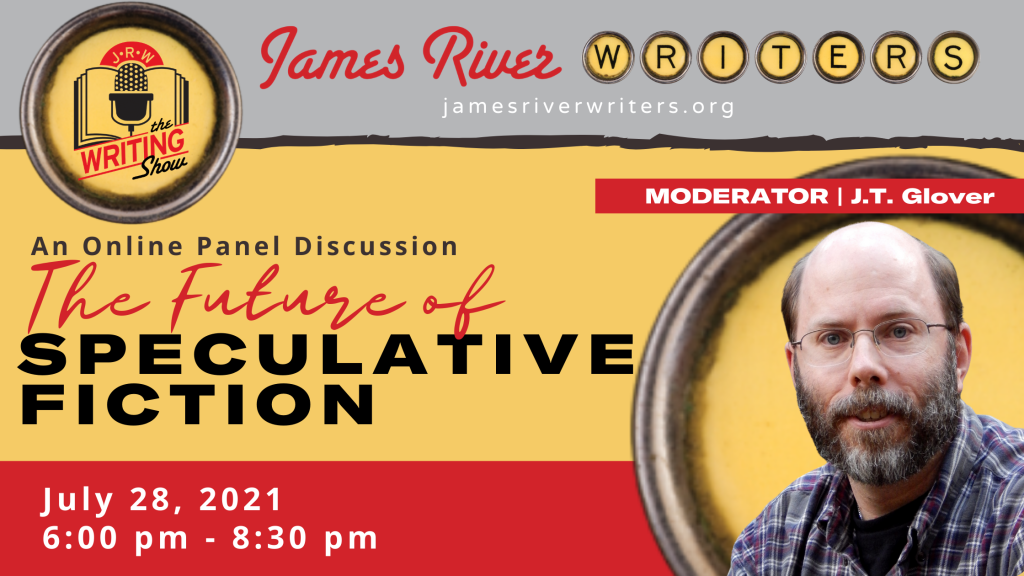You’d like to think that things could be easy, right? Or even straightforward? But, no, often it doesn’t work out that way, at least in my experience.
Yesterday I sent out the first wave (of five? the only? of seventeen?) of queries to agents for the novel, and so I’m officially #AmQuerying. At this point I’ve jokingly referred to it as UNTITLED FUTURE NEW YORK TIMES BESTSELLER AND PULITZER PRIZE WINNER so many times, that should have been the dang title! Alas, however, it’s something more conventional.
This book started life a little over three years ago, with similarities to what went out in the mail yesterday, but it was a different book. It’s a short novel, about 70,000 words, and various drafts have been shorter, longer, and/or somewhat different in format. At one point I lost faith and shelved it, but after letting it marinate for months, I got perspective and solved some problems.
Is this my first novel? Not by a long shot. I’ve finished—as in completed and tied a bow on—two novels previously, one of which I thought good enough to seek representation. I also have some almost-novels that ranged from “abandoned at 20,000 words and an outline” to “wound up a novella, not a novel.” If UNTITLED FUTURE NEW YORK TIMES BESTSELLER AND PULITZER PRIZE WINNER finds a home, I’ll be thrilled for it to be my debut novel, and I’ll also be able to say comfortably that it wasn’t my first novel. For all that I wanted Novel # 1 to be The Book, I’ve always admired authors who persist, and here’s hoping I’ll wind up in that rank.
Most of my readers know me for my short fiction, or sometimes the essays, scholarly or otherwise. Believe it or not, my long-term goal and general preference as a reader is novels! The spring of 2020 meant many things, but when this book started, it seemed as good a time as any to focus on writing what I really wanted to write. Did we wind up barricaded in our houses for five years? Thankfully not, but the time to focus did seem to move me in a good direction, though I didn’t really write about the pandemic in this book. The next novel, however, is another story…






